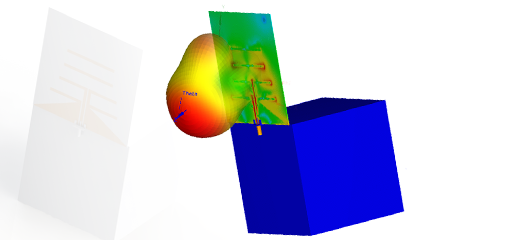
For many years, conventional satellites were the only option for the space industry. Satellites consume high power, cost millions of dollars, and take several years to manufacture. Hence, they have been always fabricated by large companies and government organizations. In contrast, Cube Satellites (CubeSats) have gained popularity over the last few years as they are lightweight and can be built using commercial off-the-shelf components. Therefore, they became accessible to the public and provide a cost-effective alternative for space missions. CubeSats can be employed in various areas such as remote sensing and communications . Just like any satellite, CubeSats consist of an antenna and radio communication system. The main function of the radio subsystem is to ensure reliable communication between CubeSats and the ground station. The antenna is a key component of the communication system. It is used to send and receive information to and from the ground station. Designing such an antenna is challenging as it needs to meet several restrictions related to the CubeSat’s size, weight and power while providing high antenna performance.
In this webinar, we will cover some of the CubeSat design challenges and show you how to use 3D high frequency electromagnetic simulation software to achieve an efficient and reliable design of the CubeSat system.



